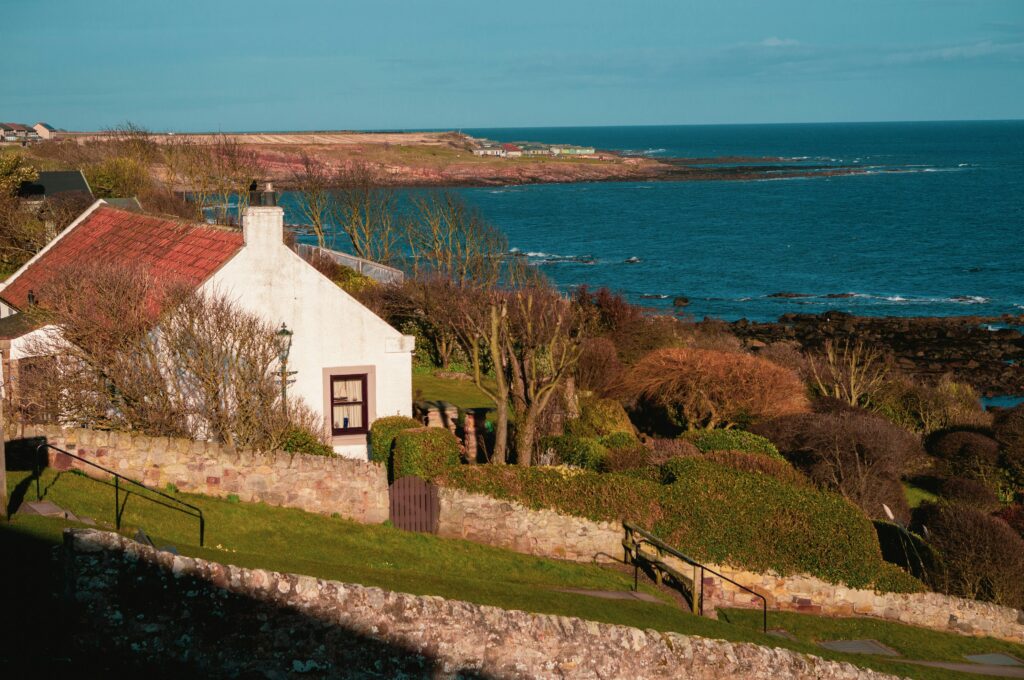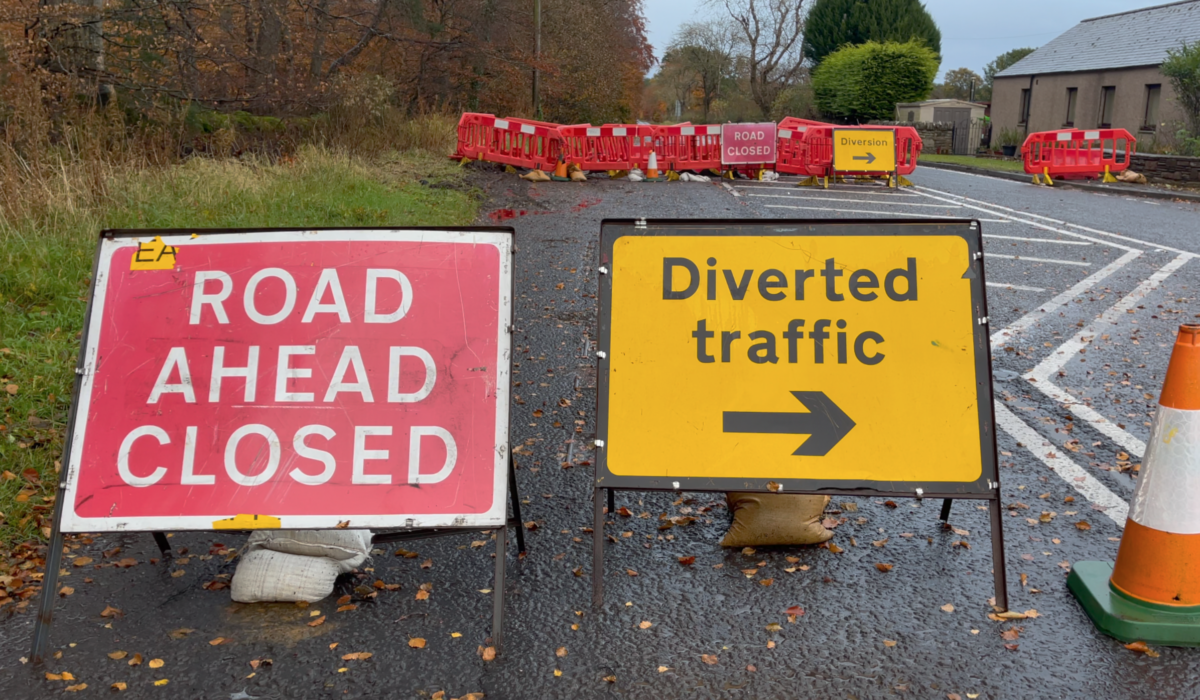At the end of May, SCCAN was invited to speak at the Scotland Policy Conferences keynote seminar called “Next steps for climate adaptation policy in Scotland”.
Emma Yule, who is a volunteer in the Mission, General and Governance & Policy circle at SCCAN and who is a board member spoke at this event.

For me, a key theme of the seminar was about the importance of collaboration when it comes to adaptation and taking a place-based approach. This means looking at a place as a whole and taking climate action that is coordinated and collaborative and led by those who deeply understand the region. The importance of a just transition was also discussed, ensuring that justice is centred in climate action across Scotland and that adaptation action reduces vulnerability.

In my speech, I started by inviting everyone to reflect on their own city, town or village. Their own house in their own community. I asked if they would know what to do or how to react if their community was flooded or experienced an extended period of heat. If they’d know who is most vulnerable to such events and why. If they’d know who to contact and who has responsibility, in summary if their community is well adapted to climate risk.
Photo by Eilis Garvey on Unsplash
Through my research focused on adaptation in the public sector and in communities I’ve asked this question to a number of groups and individuals at several conferences over the years and the answer is usually, unfortunately, no. That there is work required to get our communities, our towns and our cities to a place that is adapted or in a place to be adaptive to the increasing risk of extreme weather. So how can we get to a place where we feel our communities are more resilient and more able to cope with such events?
I believe there are three key ways in which we could make progress and become more resilient:
The first is on taking a holistic view on adaptation and ensuring that it is central to other key policy areas. Climate change impacts act as a stress multiplier impacting families and communities across Scotland. This is about viewing adaptation as how we can future proof and climate proof other key policy areas. Areas that really matter to communities. For example, how can our healthcare system cope with increased health impacts from heatwave events?
If we don’t consider this, we are unlikely to be able to maintain our current levels of health care for example, let alone meet other policy goals such as reducing waiting times in health care, or policy goals relating to reducing inequality and poverty. This means that weather events like flooding or heatwaves will most heavily impact those in our communities who are most vulnerable. Resilience isn’t just about infrastructure or emergency planning – but because climate change impacts act as a stress multiplier it means it needs to be viewed holistically.
Secondly, I think there is a need for heightened collaboration and co-production, between policy makers and communities. Adaptation solutions that meet the needs of the local region, or place-based solutions play a role here. Solutions that are co-produced by local communities and local public bodies for example. More research needs to be completed on ways to effectively co-produce or co-create adaptation solutions, understanding how to increase participation and diversity of thinking and how to address any underlying power dynamics at play. This is about bringing in a variety of voices at the start of the process, centring different voices, it’s about joint ownership. In the climate change committee’s response to the SNAP3 draft, having quantified adaptation targets is a key recommendation for now and in the future. Co-production of targets between policy makers, local authorities and communities could be pivotal to successful adaptation implementation to ensure targets put us on a path to appropriate and fair adaptation actions, with flexibility built-in for each region and community without leading to maladaptation.
Lastly, viewing resilience in terms of communities having agency, in other words, having the will and capacity to change, and being actively and creatively engaged with change will be key in delivering outcome 2 of the SNAP3 draft which is “communities creating climate-resilient, healthy and equitable places”. To meet this outcome, we need to ensure a strong sense of belonging in our communities as well as resources to be able to plan and prepare for the impacts of climate change. An adaptation target in the Government of Canada’s Adaptation Action Plan is the percentage of people with a strong sense of belonging to their local community. Recognising that a strong sense of belonging leads to resilience.
Resourcing is required for communities to put adaptation solutions into place and to create agency, this also needs to be done in a way that allows for trial and error, allowing for solutions to meet the needs and priorities of different regions.
We now need transformational change, to try new ways of doing things, its no longer enough to repair infrastructure to current levels but we need a fundamental shift to ensure our communities are resilient to more intense, more frequent weather events.
Read more about climate adaptation here.

